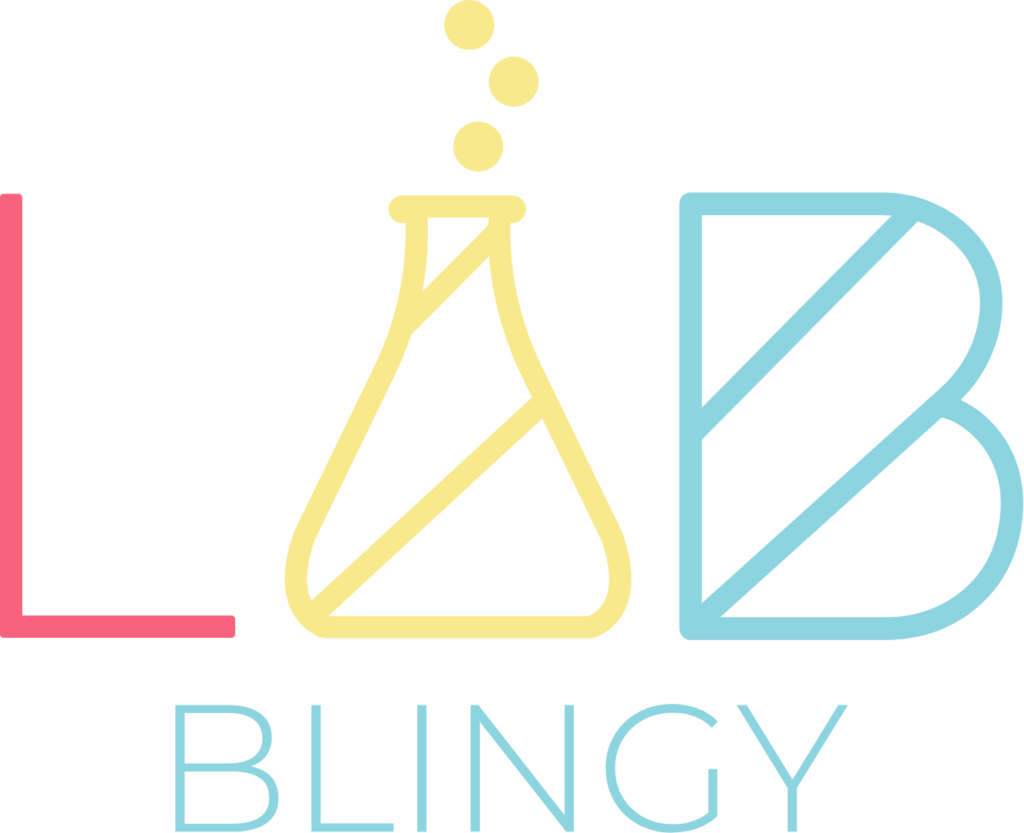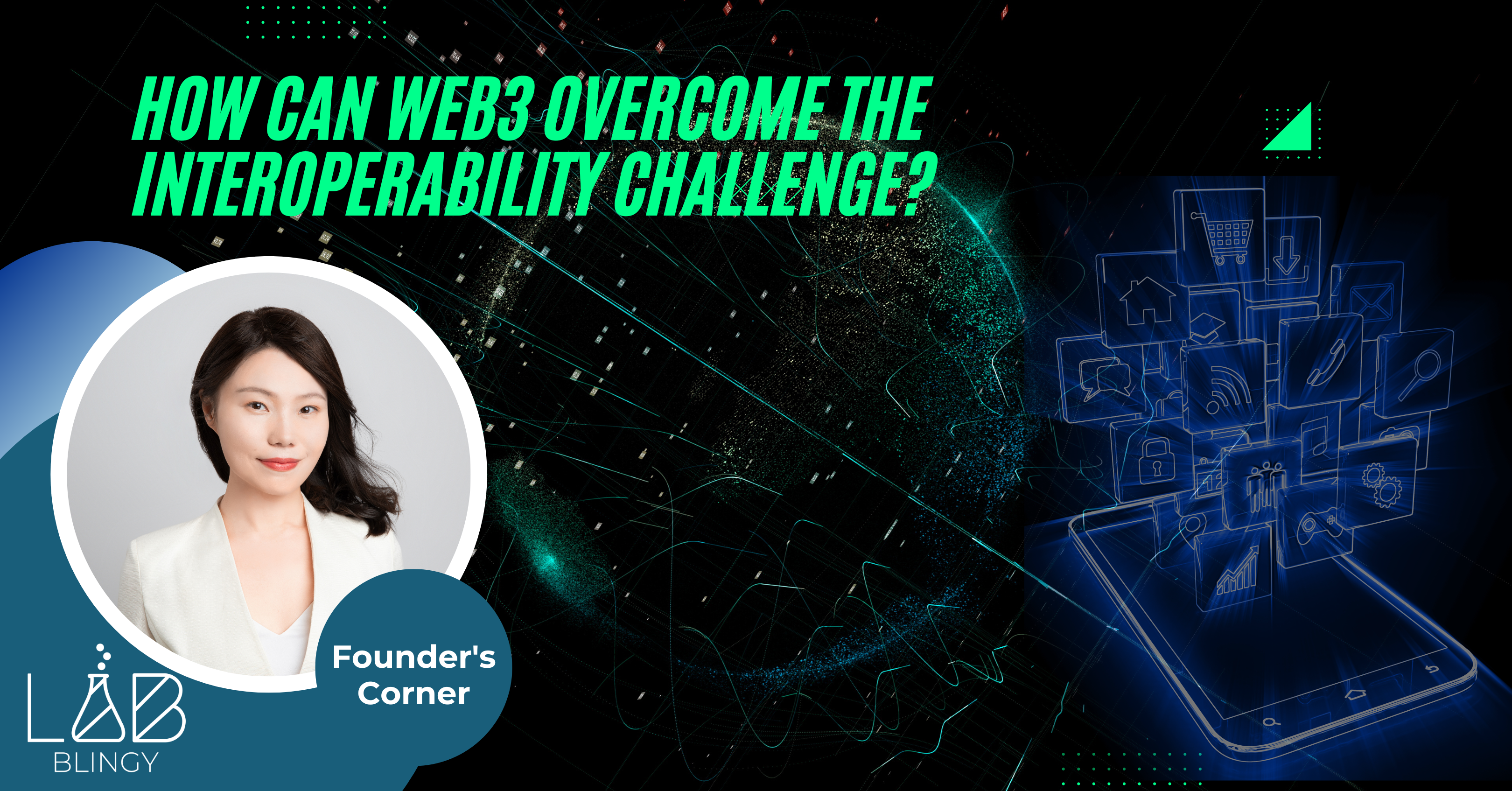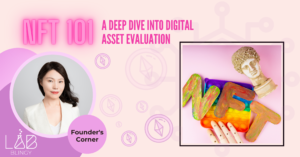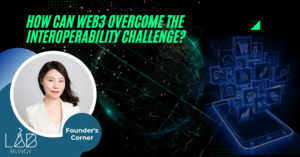In the fast-paced realm of the digital world, Web3 emerges as a beacon, promising a decentralized and user-centric internet experience. While this new iteration of the web is rich with potential, there’s a looming challenge that could dictate its widespread success or failure: interoperability.
Web3 is heralded for its promise to revolutionize the way we interact online, allowing users to control their data, applications, and transactions. But for all its potential, ensuring that different Web3 systems can effectively communicate and collaborate is vital. This introduces our primary concern: How can Web3 systems seamlessly integrate and function together, preserving the essence of what Web3 promises?
To get to the root of the interoperability challenge, we must first understand the foundational elements of Web3.
What is Web3? A deeper dive.
Web3 is often referred to as the new era of the internet, shifting the paradigm from centralized systems (where data and control reside with big corporations) to decentralized ones. In a Web3 world, users reclaim ownership of their data and transactions, facilitated primarily by blockchain technology. It’s not just a technical upgrade but a philosophical one, aiming to restore power and control to individual users.
The key components and structure of Web3
Web3 is built on a myriad of components, each designed to foster decentralization:
- Blockchain: The foundational technology behind most Web3 applications, ensuring transparency, security, and decentralization. Blockchain’s distributed ledger system means that data is stored across a network of computers, making it resistant to censorship and central failures.
- Smart Contracts: Self-executing contracts where the terms of the agreement are written directly into lines of code. They’re immutable, meaning once established, they can’t be changed, and run without intermediaries, ensuring trustworthiness and efficiency.
- Decentralized Applications (dApps): Applications run on a P2P network instead of a single computer. This design ensures they are censorship-resistant, transparent, and operate in a trustless environment.
- Cryptographic Tokens: These digital tokens serve many purposes within Web3, from acting as a medium of exchange in digital transactions to representing assets or even a user’s identity.
- Decentralized Autonomous Organizations (DAOs): These are member-driven organizations run entirely through rules encoded as smart contracts. DAOs operate in a decentralized manner, devoid of traditional hierarchical management.
- Artificial Intelligence (AI): AI’s integration with Web3 is a significant advancement, offering enhanced functionalities:
-
- Predictive Analysis: With vast amounts of data generated in decentralized networks, AI can help in predicting trends, user behaviors, and potential security threats.
- Automated Decision Making: In DAOs, AI can assist in making decisions based on pre-set criteria, ensuring efficiency and consistency.
- Enhanced Security: AI can bolster the security of Web3 platforms by detecting and neutralizing malicious threats in real-time.
- Optimized dApp Functionality: AI can enhance the user experience in dApps by personalizing interfaces, recommending content, or even automating certain repetitive tasks.
- Natural Language Processing (NLP) for Smart Contracts: AI can simplify the creation and interpretation of smart contracts by converting natural language terms into code, making it more accessible to those without a coding background.
By diving deep into the core structure and components of Web3, we’re better equipped to understand its challenges and opportunities. The blend of decentralized technologies with the power of AI presents an exciting avenue for innovation, promising an internet ecosystem that’s both user-centric and highly intelligent.
The Interoperability Challenge
In an age of rapid technological advancements, interoperability remains one of the biggest challenges confronting the Web3 universe. This section will dissect the meaning of interoperability within this context, shed light on its significance, and illustrate its real-world implications.
Definition of Interoperability in the Realm of Blockchain and Web3: Interoperability refers to the ability of computer systems or software to exchange and utilize information seamlessly. Within the context of blockchain and Web3, interoperability signifies the capability of different blockchain protocols to interact, share data, and transact with one another without relying on intermediaries or undergoing complex procedures.
Why is it a Concern? The Fragmentation of the Blockchain Ecosystem: As the blockchain universe expands, an array of independent and diverse blockchains has surfaced, each with its unique protocols, consensus mechanisms, and smart contract functionalities. This multitude, while showcasing the versatility and expansive nature of blockchain, also presents a significant hurdle. Without interoperability:
- Isolation of Data: Each blockchain operates in its silo, making data exchange cumbersome and inefficient.
- Duplication of Effort: Innovations or updates on one blockchain may need to be replicated from scratch on another, leading to redundancy and inefficiencies.
- Lack of Liquidity: In the decentralized finance (DeFi) world, lack of interoperability can lead to liquidity silos, restricting the smooth flow of assets across platforms.
Real-World Implications of Limited Interoperability: The challenges posed by limited interoperability aren’t merely theoretical; they have tangible implications:
- Barrier to Mass Adoption: For the everyday user, navigating a fragmented ecosystem can be daunting. This fragmentation can stymie the broader acceptance and adoption of blockchain solutions.
- Economic Inefficiencies: Without a seamless flow of assets and data across blockchains, we’re forfeiting economic benefits that could arise from deeper integration, such as more sophisticated financial instruments or broader markets.
- Innovation Stagnation: Cross-chain collaboration can help share breakthroughs and best practices, potentially slowing the pace of innovation in the blockchain space.
- Security Concerns: Duplicating efforts across multiple blockchains might lead to inconsistent security practices, with some chains being more vulnerable than others.
To harness the full potential of Web3 and blockchain, addressing the interoperability conundrum becomes paramount. The next segments of this exploration will delve into potential solutions and the future outlook of a unified blockchain landscape.
Current Solutions and Their Limitations
The aspiration for a seamlessly interconnected Web3 ecosystem has spurred the development of various interoperability solutions. While these initiatives mark significant progress, they come with their own set of challenges. Here’s a dive into some existing solutions and their accompanying limitations:
Cross-Chain Platforms and Bridges:
- Description: These platforms facilitate the transfer of data and assets between different blockchains. For instance, a user might move a token from Ethereum to another chain, say Binance Smart Chain, through a bridge.
- Limitations:
- Centralization Risks: Some bridges operate under centralized entities, undermining the decentralized ethos of blockchain.
- Security Concerns: Bridges can become targets for hackers, and a compromise can lead to significant asset losses.
- Complexity: The technical intricacies of setting up and using bridges might deter the average user.
1. Oracles:
- Description: Oracles provide external data to blockchains, serving as a bridge between the on-chain and off-chain worlds. They can be used to fetch data from one blockchain and provide it to another.
- Limitations:
-
- Trust Issues: Centralized oracles can become points of failure or manipulation. The veracity of the data they provide can be questioned.
- Latency: There can be delays in data retrieval and dissemination, which might not be suitable for applications requiring real-time data.
2.Cosmos and Polkadot:
- Description: Both Cosmos and Polkadot aim to create an “internet of blockchains” where multiple chains can interoperate. They use hubs and relay chains, respectively, to connect different blockchains.
- Limitations:
-
- New Infrastructure: For existing blockchains to join these networks, significant changes might be needed, which could be a deterrent.
- Scalability: As more chains join, ensuring the networks remain scalable and efficient becomes challenging.
3. Wrapped Tokens and Pegged Assets:
- Description: These are tokens on one blockchain that represent assets on another. For example, Wrapped Bitcoin (WBTC) on Ethereum represents Bitcoin.
- Limitations:
-
- Over-Reliance on Custodians: Wrapped tokens often rely on centralized entities to hold the original asset, introducing trust concerns.
- Liquidity Issues: Converting back to the original asset might face delays or liquidity constraints.
4. Interledger Protocols:
- Description: Protocols like the Interledger Protocol (ILP) aim to facilitate payments across different payment networks, including blockchains.
- Limitations:
-
- Adoption Rates: Its success hinges on widespread adoption, which is gradual.
- Complex Setups: Implementing ILP can be technically challenging for some platforms.
While the drive towards achieving full interoperability in the Web3 space has yielded noteworthy solutions, each has distinct challenges. The quest continues for a holistic, user-friendly, and secure solution that unifies the fragmented blockchain landscape. As the technology matures, more refined solutions are expected to emerge, edging us closer to the dream of a seamlessly interconnected Web3 ecosystem.
Future Approaches and Innovations
As Web3 evolves, so too does the push for enhanced interoperability. The very essence of decentralization hinges on diverse networks and platforms seamlessly interacting. Let’s explore some of the future approaches and innovations aiming to achieve this:
- Emerging Technologies:
- Quantum Computing: With its promise of ultra-fast computations, quantum computing might offer solutions to some of the cryptographic challenges associated with cross-chain interoperability. For instance, it can optimize secure data transfers across networks.
- Decentralized Identity Platforms: Streamlining identity across multiple platforms without compromising security is key. Emerging decentralized identity solutions can be foundational for interoperability, ensuring users or devices are universally recognized across chains.
- Enhanced Cross-Chain Platforms and Bridges: Building upon current models, the next generation of cross-chain platforms might offer:
- Decentralized Governance: Lessening the reliance on central entities and enhancing security.
- Improved User Experience: Simplifying the processes, making them more intuitive and accessible to average users.
- Automated Swaps: Reducing the steps and time it takes to exchange assets or data between chains.
- Sharding and Sidechains:
- Sharding: By dividing a blockchain into smaller, parallel chains or ‘shards,’ each shard can process its transactions and smart contracts. This has the potential to enhance scalability and facilitate smoother inter-shard communication.
- Sidechains: Operating alongside the main blockchain, sidechains can run independently and offer a platform where different rules can be experimented with without affecting the main chain. When combined with cross-chain platforms, they can further enhance interoperability.
Web3 and the Broader Tech Ecosystem
The ripple effects of Web3’s interoperability extend far beyond the blockchain realm. Let’s explore its influence on other tech sectors:
- IoT (Internet of Things): With billions of interconnected devices globally, IoT can significantly benefit from Web3’s trustless, decentralized platforms. Interoperable Web3 can streamline device-to-device communication, automate microtransactions, and introduce decentralized governance in device networks.
- AI (Artificial Intelligence): Data is the lifeblood of AI. With Web3 platforms offering transparent, tamper-proof data sources, AI models can be trained more effectively. Interoperable blockchains can also facilitate global AI model sharing and collaboration.
- Big Data: Web3 can radically transform data ownership, storage, and transfer. Interoperable platforms allow for decentralized data marketplaces, where individuals control and monetize their data. It also ensures data authenticity and transparency, which is vital for big data analytics.
- Collaboration with Tech Giants: Many traditional tech behemoths are beginning to see the potential of Web3. Whether it’s cloud services integrating with decentralized platforms or social media giants exploring decentralized identity solutions, the line between traditional tech and Web3 is blurring. Collaborative efforts can speed up Web3’s mainstream adoption and further drive interoperability solutions.
Web3’s promise of a decentralized, global digital ecosystem is contingent on its ability to be interoperable. As the tech landscape continues to evolve, the integration and seamless functioning of diverse platforms become paramount. With the innovations on the horizon, the future looks promising, signaling a shift towards a more interconnected, transparent, and decentralized digital world.
Potential Benefits of True Interoperability
In the ever-expanding universe of digital ecosystems, true interoperability within Web3 stands as a beacon of potential. Imagine a world where every blockchain can seamlessly communicate with the other, allowing for unprecedented data sharing and fluidity. Enhanced interoperability promises not only this communicative prowess but also smoother, more intuitive decentralized application (dApp) development. No longer would developers be constrained by the specific protocols of individual chains, unlocking a new era of innovation. Furthermore, as barriers dissolve and systems integrate, the adoption and utility of Web3 platforms are bound to soar, making decentralized technology more accessible and useful to a broader audience.
Challenges Ahead and Overcoming Them
However, as with all significant technological advancements, the road to true interoperability is littered with challenges. On the technical front, achieving complete interconnectivity between diverse blockchains, each with its intricacies is a daunting task. But the hurdles are more than just technical. Organizational challenges loom large as platforms must navigate the waters of governance, deciding on protocols and standards collaboratively. Additionally, there’s the economic puzzle: How do we create incentives for different chains and platforms to work in harmony? To truly reap the rewards of interoperability, the Web3 community needs to address these challenges head-on, fostering collaboration, innovation, and a shared vision for the decentralized future.
Final Thoughts
The odyssey of Web3 in its pursuit of genuine interoperability is an exciting testament to the tech world’s ever-evolving nature. While the path may be fraught with obstacles, the destination—a seamlessly interconnected decentralized digital realm—holds immense promise. It beckons innovators, developers, and visionaries to push boundaries, challenge the status quo, and unlock the boundless potential of Web3. As we stand on the cusp of this new digital age, there’s an open invitation to all: to contribute, to innovate, and to help shape the interconnected future we all envision.
Continue reading my blog every Wednesday and discover the latest #insights in blockchain and web3 with me!








